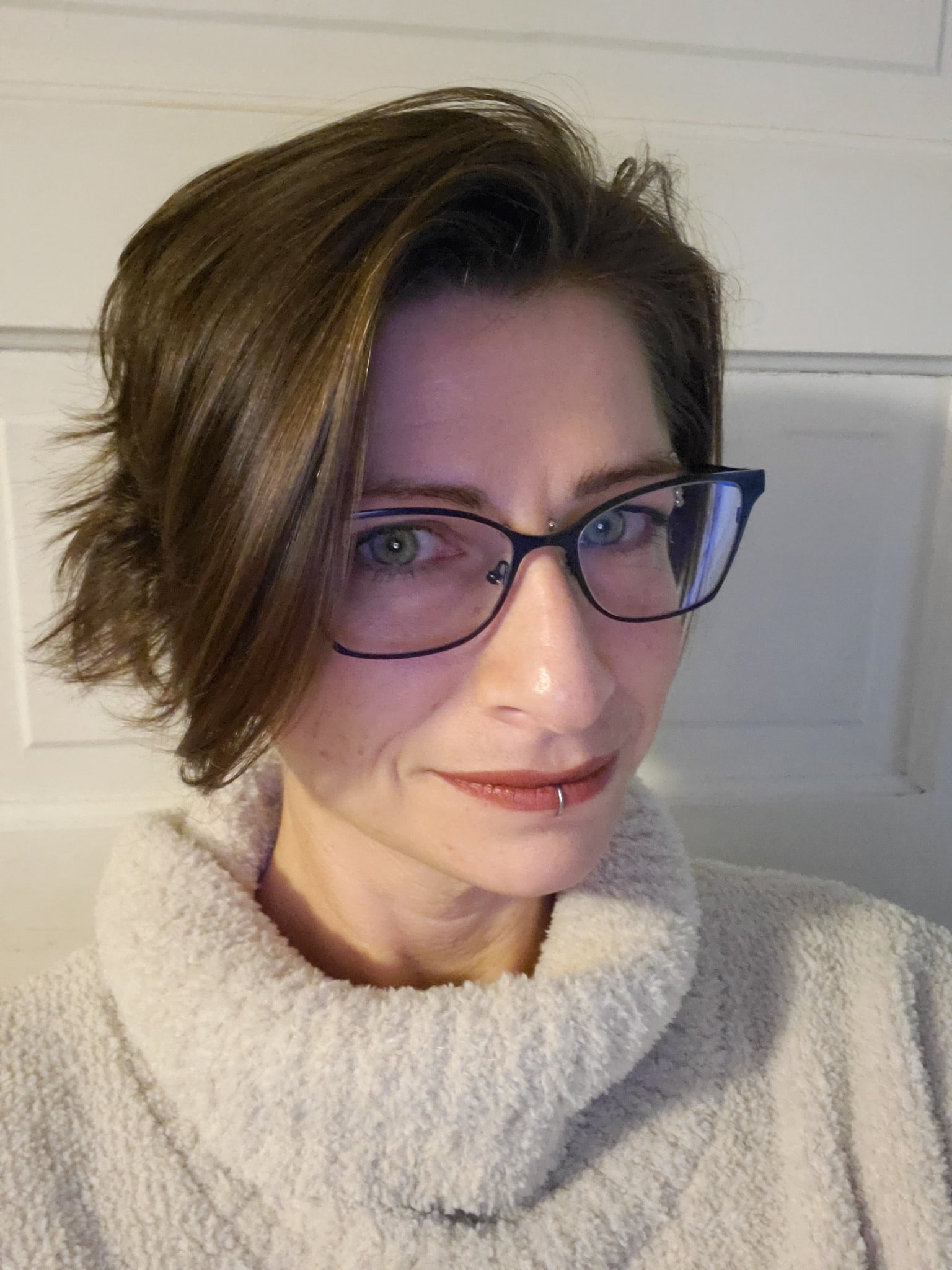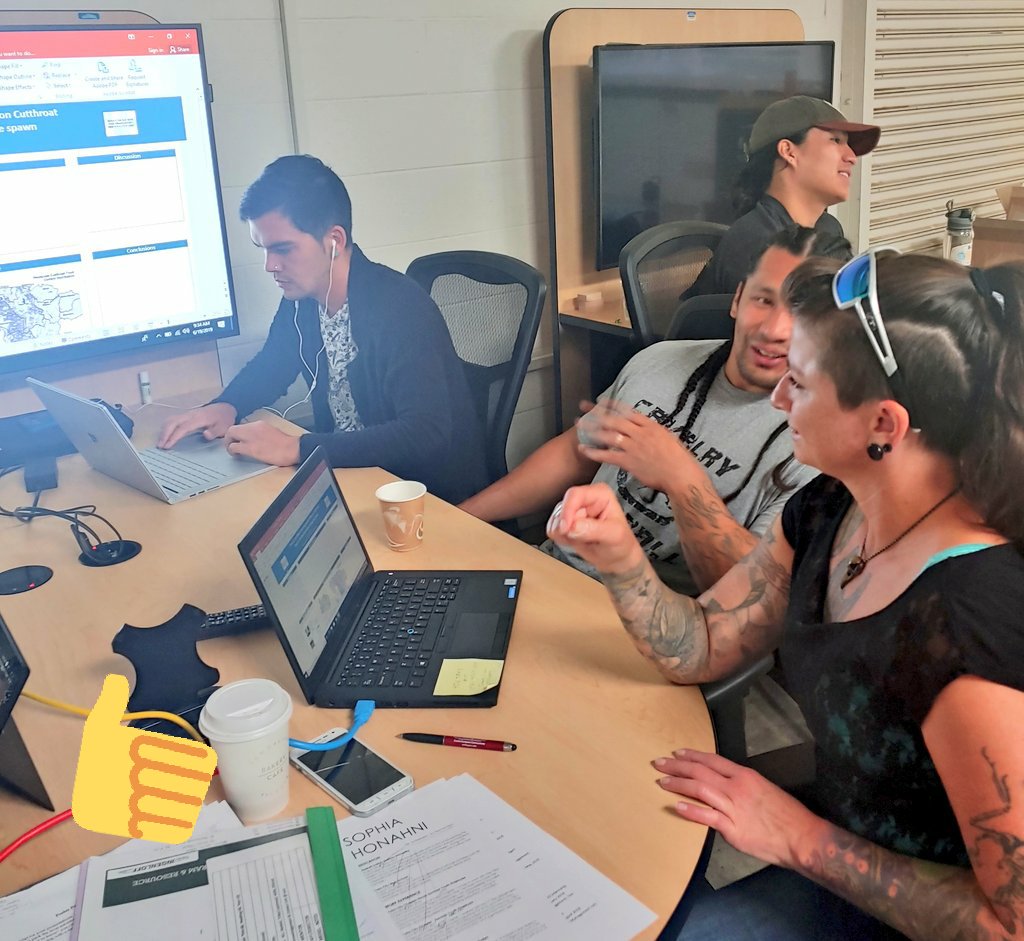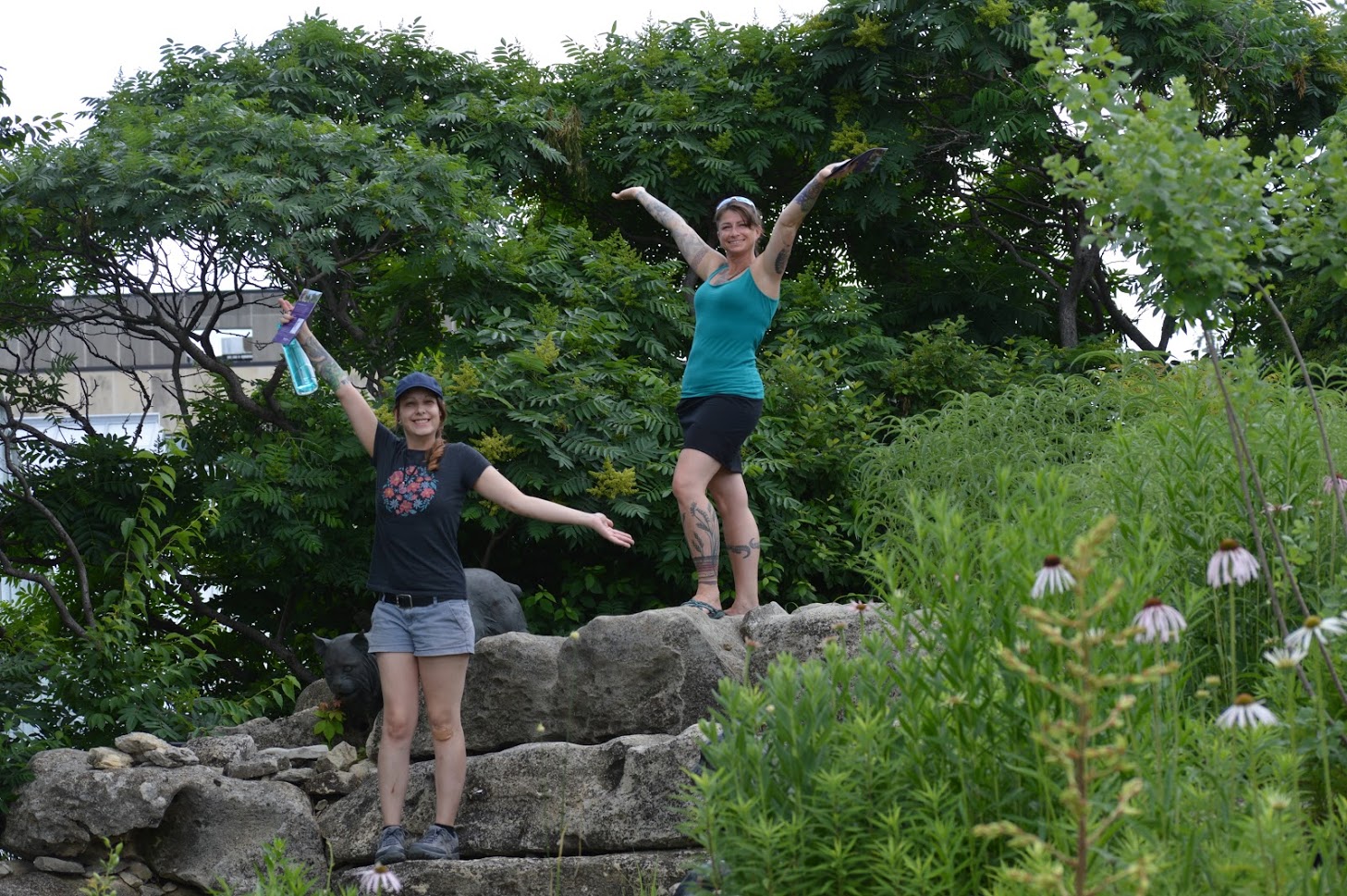


When Kate Ingenloff was asked why she became a mentor for the Haskell Environmental Research Studies (HERS) Institute, she said, “quite frankly, the program is amazing. It’s a phenomenal opportunity for early career Indigenous scholars, and a critical step in increasing diversity and representation in higher learning and research. I’m honored to have been a part of it.” The HERS Institute is a workforce development and education initiative supported by the Kansas NSF EPSCoR RII Track-1 Award OIA-1656006: Microbiomes of Aquatic, Plant, and Soil Systems across Kansas (MAPS). The program is directed by Dr. Jay Johnson, Professor and Associate Chair of Geography & Atmospheric Science, the Director of The Center for Indigenous Research, Science, and Technology (C-FIRST) at the University of Kansas (KU), and member of the MAPS workforce development and education team and Mr. Cody Marshall, Indigenous and American Indian Studies faculty at Haskell Indian Nations University. The institute is a paid 8-week summer internship program where undergraduate student interns spend 6 weeks on the Haskell Indian Nations University campus during June and July. As part of the program, students learn about climate change and develop individual research projects. Kate explained her history with the program as follows: “I mentored twice during the first iteration of the program (2013 and 2014) and during the first two summers of this second iteration of the program (2018 and 2019). The first summer, the mentoring experience was a component of the NSF C-CHANGE IGERT program through which I had an assistantship.” The summer of 2019 was her final opportunity to serve as a mentor. She said, “Technically, my role was to help guide HERS interns through the academic research process—from conceiving of a research question of manageable scope through literature reviews to academic poster design.” Though she was hired as an intern mentor, she added, “I was very lucky to spend four summers with the HERS Institute. Each summer internship group was unique, and brought brilliant new perspectives and equally diverse fresh ideas. Each cohort provided me with a greater understanding of the history and diversity of Indigenous cultures to new perspectives as well as their perspective on the science I immerse myself in each day. I learned so much from the HERS interns. Indeed, I can only hope that I was able to offer as much wisdom as I gained through working with the amazing interns.” She said that her favorite part of the experience was “All of the amazing early career researchers I had the opportunity to get to know and learn from, of course!”
Kate is originally from San Antonio, TX but has lived in Lawrence for longer than any other place in her life. She has a Bachelor of Science degree from Texas A&M University, a Graduate Certificate in Environmental Studies and a Master’s degree in Ecology and Evolutionary Biology from the University of Kansas (KU), and at the time of this interview, was in the process of wrapping up her doctoral dissertation in Ecology and Evolutionary Biology with expected graduation in the summer of 2020. As for her own research focus, she explained: “my doctoral research is in the field of Distributional Ecology. Simply put, as a distributional ecologist, I use statistical models to understand the relationship between species and their environment, and how this influences where and when we find species on the landscape. We use statistical models to estimate a species’ niche in environmental space and then project it onto the geographic landscape. Traditionally, these methods are time-averaged, assessing fairly large study periods (often decades) at a time.” She discovered the field of “Distributional Ecology while serving as a natural resource management volunteer with the US Peace Corps when she and a fellow ecologist acquired a small amount of funding to conduct surveys of wild crocodile populations.” She continued, “From there, my interest in working with the tools of the field –specifically correlative niche models—expanded from simply applying them towards conservation initiatives to enhancing existing methodologies to improve the predictive capacity of these models, and thereby increase the overall utility of these models.” When asked why she chose her dissertation focus she said, “In a sense, I kind of ‘fell’ into methods development. I began my doctoral research with the intention of incorporating the correlative modeling of a suite of species—pelagic seabirds—into a broader conservation prioritization exercise. With the first round of modeling, however, I discovered that the commonly implemented correlative modeling methods performed quite poorly for a highly mobile species. Thus, my focus shifted to addressing the conundrum of how to modify the most current, broadly accessible methods to account for the dynamic and highly mobile nature of species such as pelagic seabirds.” Her doctoral research has been supervised by Dr. Town Peterson, Senior Curator at the KU Biodiversity Institute and Natural History Museum and University Distinguished Professor of Natural Sciences and Mathematics – Ecology & Evolutionary Biology. Together they aimed to “to improve predictability of distributional models for highly mobile species via statistical models that take into account temporal environmental variation.” To this end, Kate “successfully derived a method of incorporating temporally-explicit climatic covariate data into current correlative modeling frameworks resulting in dynamic predictions of climatic suitability through time that are broadly applicable in conservation planning and public health (manuscript in review).”
Kate’s co-curricular involvement activities also reflected her “strong interest in advancing open-access biodiversity data and education as she co-developed the Biodiversity Informatics Training Curriculum with Dr. Peterson through a JRS funding award, she served as a mentor/trainer for various biodiversity informatics training courses and workshops abroad with the GBIF Biodiversity Information for Development (BID) Program, and she was a Program Committee member for the Biodiversity Next 2019 Conference, that “brought together all levels of players in the biodiversity informatics field from infrastructure and data curation, to data analysis, and policy implementation.” As for her future endeavors, Kate plans to work in applied research where she can put her research background to use in biodiversity conservation and management, and she added, “I also intend to continue promoting and collaborating alongside efforts to further open-access biodiversity resources and education.”
